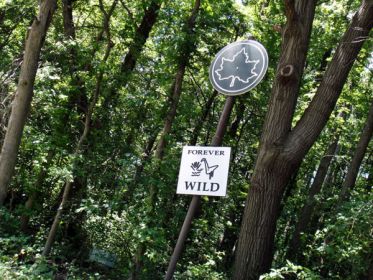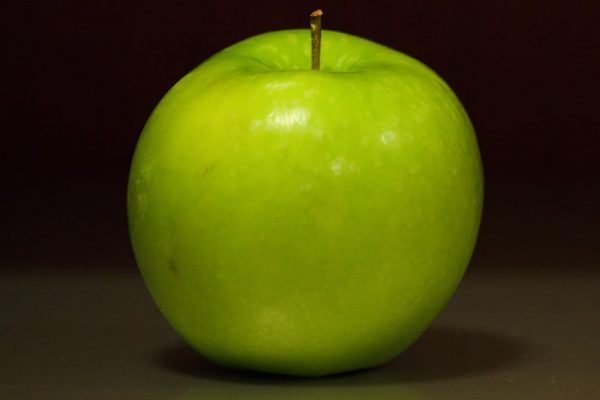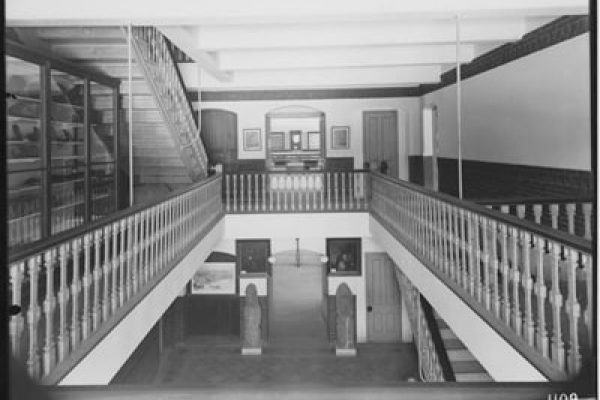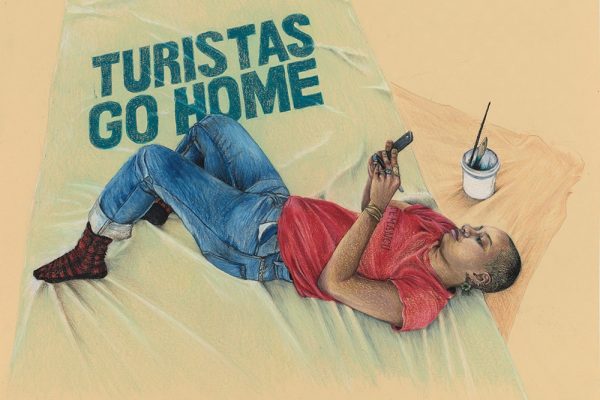Our three-year-old says:
Birds would not be very good to play with, would they?
Why?
Because they don’t talk like people.
Why else?
Because they’re so small. And why else?
Why do you think?
Because they don’t have hands.
You can evoke a bird with one, maybe two gestures. One is sufficient—beak or wing, and you’re done. Bird.
Yet they are strangers to us. They won’t stop moving, won’t take a good look at us, they can fly away, we can’t cuddle them. We can’t even imagine cuddling them, as we cartoon cuddle bears and lions and jaguars.
What do you remember most from visiting grandpa?
When we poked the dead cormorant with a stick.
Its neck was bent back at an angle we might call “unnatural.” What we mean is “untenable,” “incompatible with life,” because this, too, is natural. We used the stick to stretch the webbing between each toe and leaned close to the lizard skin of the legs and feet. We let the stick test the density of the feathers, felt the light cage of the ribs. The eye was retreating, losing its humours, the beak still hooked and ready to shred. It felt like a gift, being able to get this close. We planned to return each day to track the decay, but we didn’t stop again.
Where his grandfather lives the government finds the nests of cormorants and oils their eggs with “food grade” corn oil. The cormorant parents continue to incubate the eggs while the chicks suffocate inside. Government workers also “cull” adult birds: cormorants are highly social birds and they mate for life (a trait we admire in geese and swans), thus one dead cormorant is more than the sum of itself; it equals the death of a breeding pair, the potential dispersal of a flock.
The Department of Natural Resources keeps the cormorants in check to keep the fishing stock up. Cormorants are excellent fishers and excellent breeders, and they can strip lakes of adolescent fish, including the sport fish local and tourist humans—both groups comparatively poor fishers—vie to catch. “Natural Resources,” natural resources. The moniker is the grandchild of manifest destiny—that a thing might be both natural and a resource.
With western migration through the United States in the nineteenth and early twentieth centuries, cormorants’ numbers dipped precariously low, settlers ruthless against both threat and abundance. Kill a wolf, collect your bounty; kill a cormorant, a bison, a passenger pigeon, just for fun. After rebounding mid-century, cormorants again were thought nearly extirpated in the 1970s as their food supply filled with pesticides and their eggshells thinned. Environmental groups placed them on watch lists, people built nesting sites. Until the birds did too well. In our twenty-first century, as people sprayed corn oil on nests in the north (an oil abundant due to petroleum-based pesticides and fertilizers), others mourned crude oil soaked wildlife, including cormorants, washing up on the shores of the Gulf of Mexico. “She swallowed the bird to catch the spider . . . she swallowed the spider to catch the fly, but I don’t know why she swallowed the fly. I guess she’ll die.”
Our boy said, I want to see pictures of birds. Not real birds, sculptures of birds . . . cartoon birds.
We came across this while clicking around on the internet:
After a couple of strolls through the forest I came up with an idea for a new art-project. I searched the internet to see if such a project already existed or not, and it didn't (or at least I haven't found the info about it.)
BIRD ART INSTALLATION PROJECT
What's the project about?
* You become a participant (by joining the facebookgroup) and
* make a bird
*hang it in a tree and
*photograph it.
*You place the picture of your bird on the Facebookpage which is created for this project.
*You and the participating artists from your city/province make the BIRD ART INSTALLATION from the birds made.
* You document the whole installation (participating artists, location, how many birds, sizes, materials used, where the birds in the installation hang and so forth)
* You make photographs/videos of your BIRD ART INSTALLATION and
* You put the videos on YOUTUBE.
We looked at human-made birds, one after the other—cute, sincere, mournful, comic, abstract—while the laptop warmed our legs. What will the next one look like, what clever idea did someone have, what household materials did she use? Presently it seemed that these stylized, carefully positioned, and immobile birds might be the only birds. Or, at the very least, that they were preferable to the twitching things one might find outside, who—their hearts racing, feathers covered in mites—are unwilling to tell us something delightful about ourselves.
We walk him to preschool under a network of scaffolding and point out messy whorls of grass, feathers, and balloon strings poking out from around pipes and corrugated metal roofs. Birds have tucked nests into every available crevice, used every available material—clump of synthetic hair, sandwich bag. In the city, scaffolding appears overnight and usually stays long enough for it to become the new landscape. It comes down without warning and we may not recognize the block we’ve known for years. When it comes down in spring, countless nests and their eggs end up on the sidewalk until someone sprays the remnants into the street with a hose. We hold him up to see the nests while they’re still intact, but he wants his feet on the ground where he uses them to run at the birds shouting, startling all but an implacable pigeon into flight.
Oh, don’t scare them, we say. How would you feel? But he acts as though he doesn’t speak our language.
We recently installed bird spikes on our fourth floor window ledges to keep pigeons from roosting and destroying our peace with their crooning. We recently gave a time-lapse camera to our mother-in-law so she might record the comings and goings at her back-patio bird feeders. We have hung birdhouses, suet, strings of berries. We have cooked sugar water, dropped in red #5, to feed the sporty humming birds.
A few blocks from his school is a sign that reads, “Forever Wild.” It is decorated with a loosely drawn bird, a crane, most likely, given its long neck and legs, and painted brown and cream, colors meant to suggest: we are treading lightly here. It marks a strip of land within a park within this densest of North American urban centers that will remain “without unnecessary intervention” in perpetuity. We are touched by the impossible optimism required by both words: wild, forever.
In Forever Wild, someone has altered a sign to read, “Forever Alone Child.” In Forever Wild someone regularly scatters popcorn around the base of a podium that displays drawings one might use to identify bird species. In Forever Wild, someone leaves kibbles—corn, fats, salt, red #5, and yellow #7 pressed into the gestural shape of tiny fish—in black plastic takeout bowls for feral housecats. We walk through Forever Wild as often as we can.
If birds want us to build them homes, cook and dye sugar water for them, they must remain elusive, perhaps even endangered. If, however, their numbers are robust and they have functional intestines and a penetrating song. . . . We got our bird spikes at a home supplies store, but, as it turns out, there are businesses devoted exclusively to bird extermination and eradication.
Bird Solutions International
BirdbGone
Bird Buffer
Bird X
Bird Barrier
Bird Busters
Bird Master
Bird Control, Inc.
Airstrike Bird Control
United Bird Control
All Animal Control
Catch-It Wildlife and Pest Control, Inc.
Avitrol
Nixalite
Flybye
“We solve tough bird problems”
when “nature’s beauty is spoiled by pest birds”
and you must make your property “bird hostile.”
With bird spikes, and sonic cannons
and high volt/low amp electric tracks
and “eagle eye” bird scarers emitting “filtered light beams in a menacing pattern,”
and, because “birds adapt after exposure to false threats,”
with bird wire, bird netting, bird lasers, taste aversion products, repellent gel, shock strips, live traps followed by “humane extermination,” and live raptors provided by “raptor specific companies” (though the spectacle of “raptors shredding pest birds might offend some customers”).
The summer we poked the dead cormorant with a stick, we also visited an art installation that allowed visitors to stand before three separate white screens that mirrored their bodies in black silhouette.
On the first screen, our fingers broke off into birds and flew away, then our heads and necks. Our human bodies dissolved as bird after bird—or were they now ash and cinder?— took form and whirled into the white sky.
When we stood in front of the second screen, birds appeared above and began to dive bomb us, flying away with a bit of our flesh, such that our bodies shrank to black stumps and then to nothing, picked apart by a thousand beaks.
In front of the third screen, we lifted an arm and a larger-than-life wing unfurled with a WHOOSH! And then the other arm—WHOOSH! We had, at last, the great black wings of a bird of prey. We stood riveted by ourselves, imperious Valkyrie. It felt like justice, like destiny. We had passed through something and risen from the nub of our human selves. Wingspan undeniable, nobility surely apparent from a great distance. We had eaten the heart of our adversary and swelled with its singular power.
Then our turn at the screen was up and we were ushered out the other side. But there was something of the hawk in the way we swiveled our heads toward the next sounds to reach us. Woe betide the sparrow, lark, or finch.








